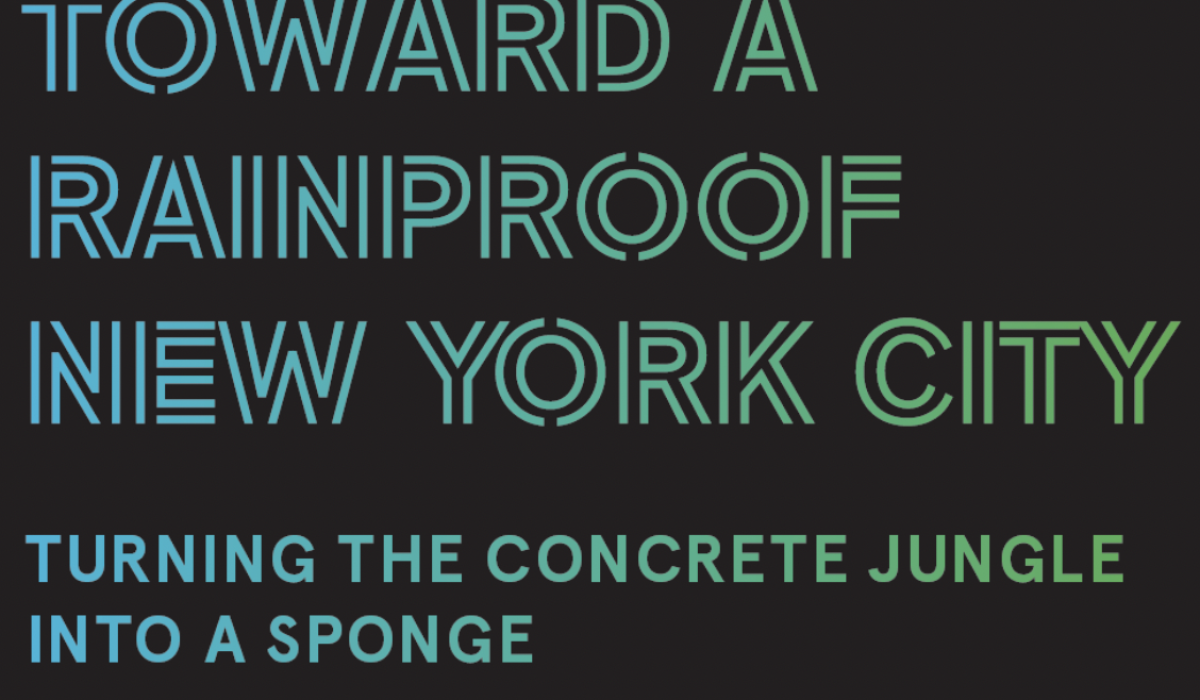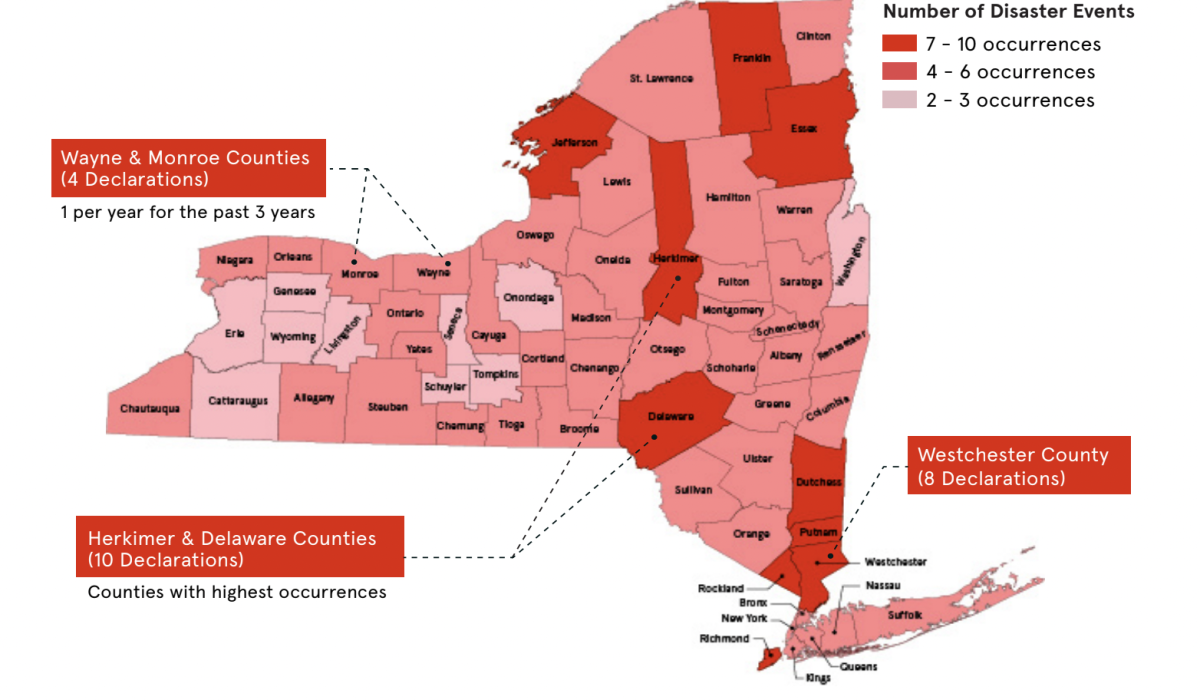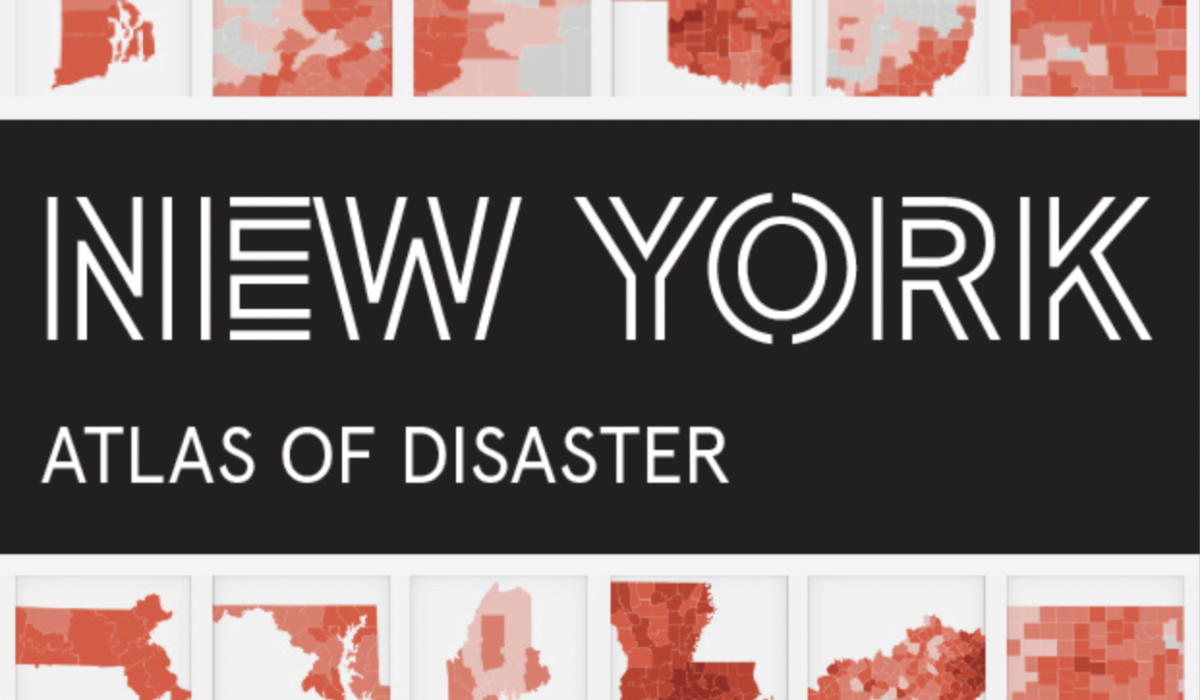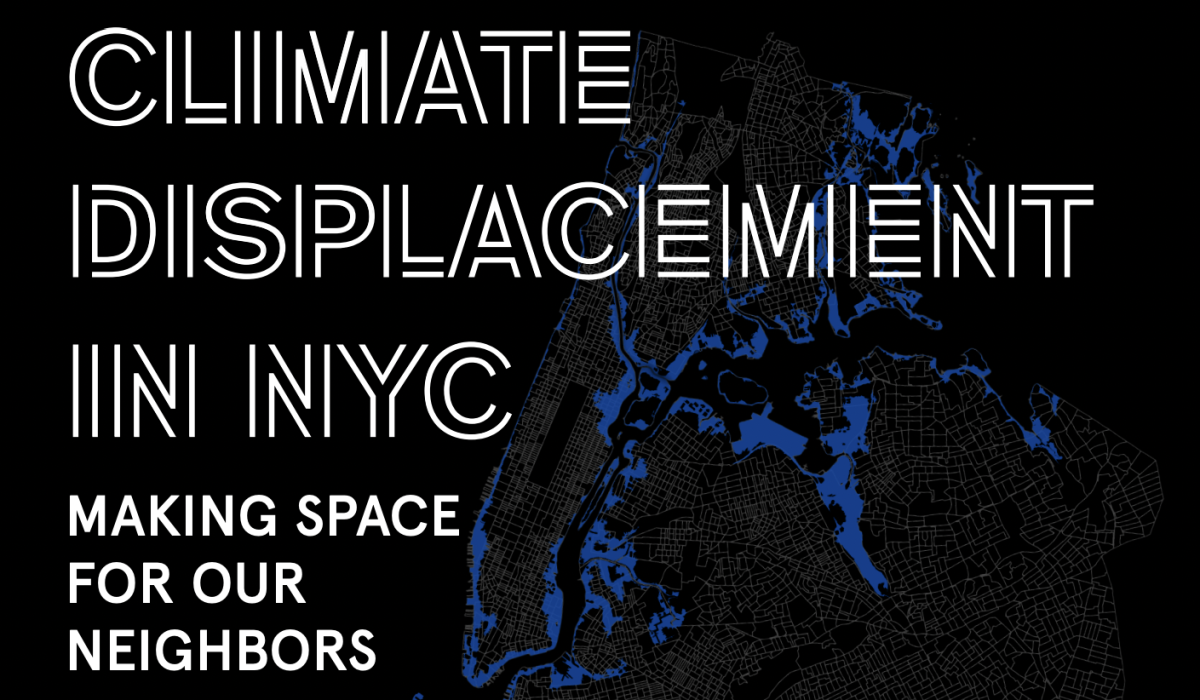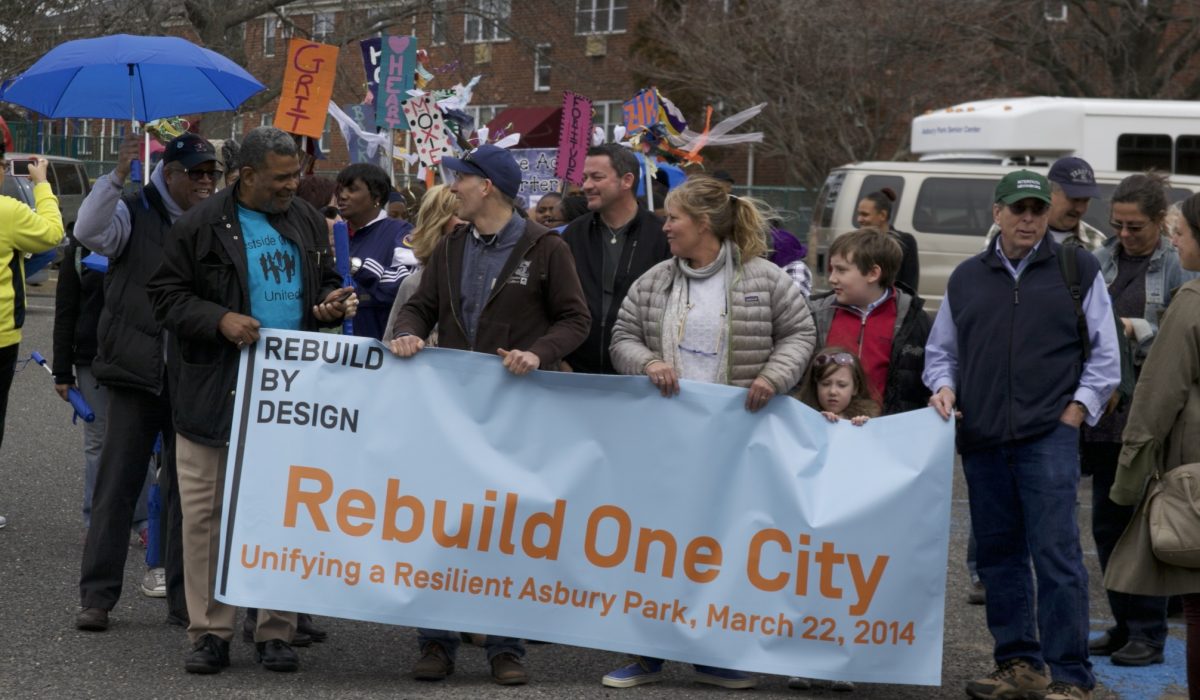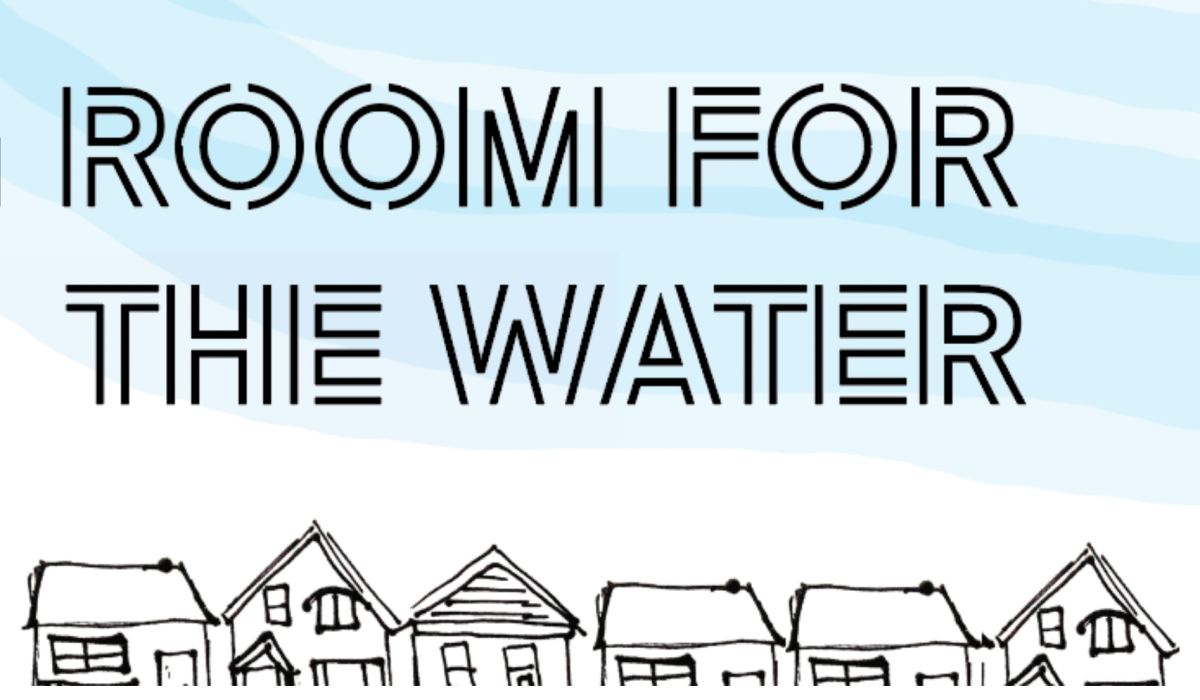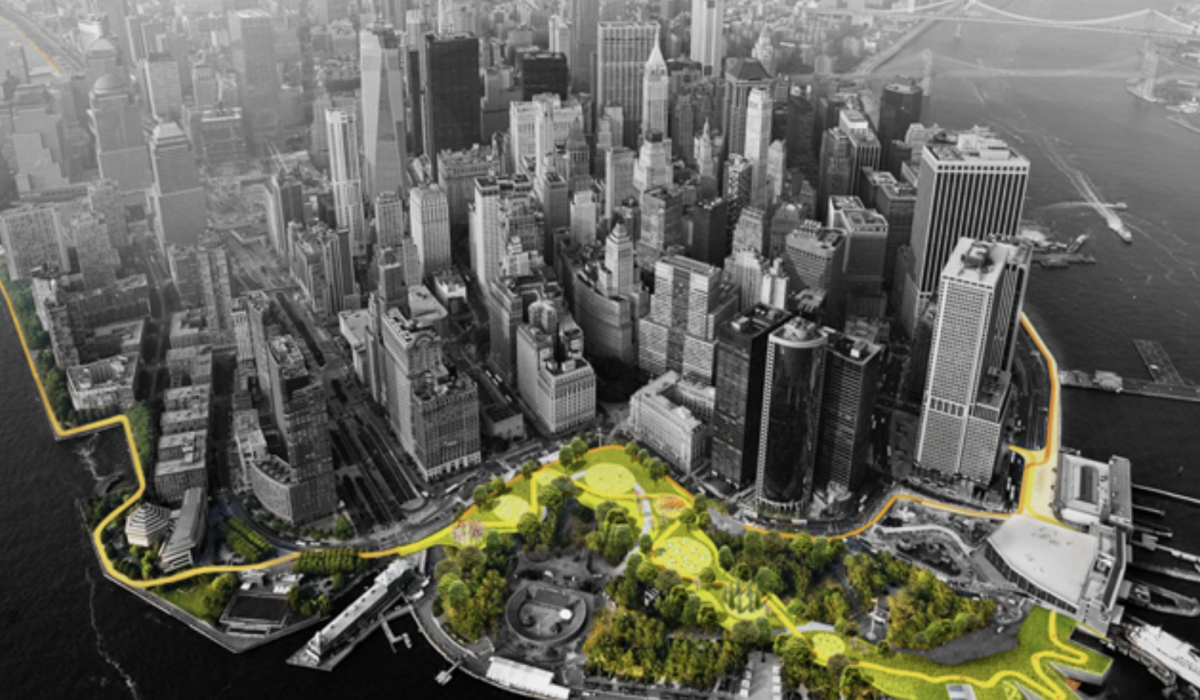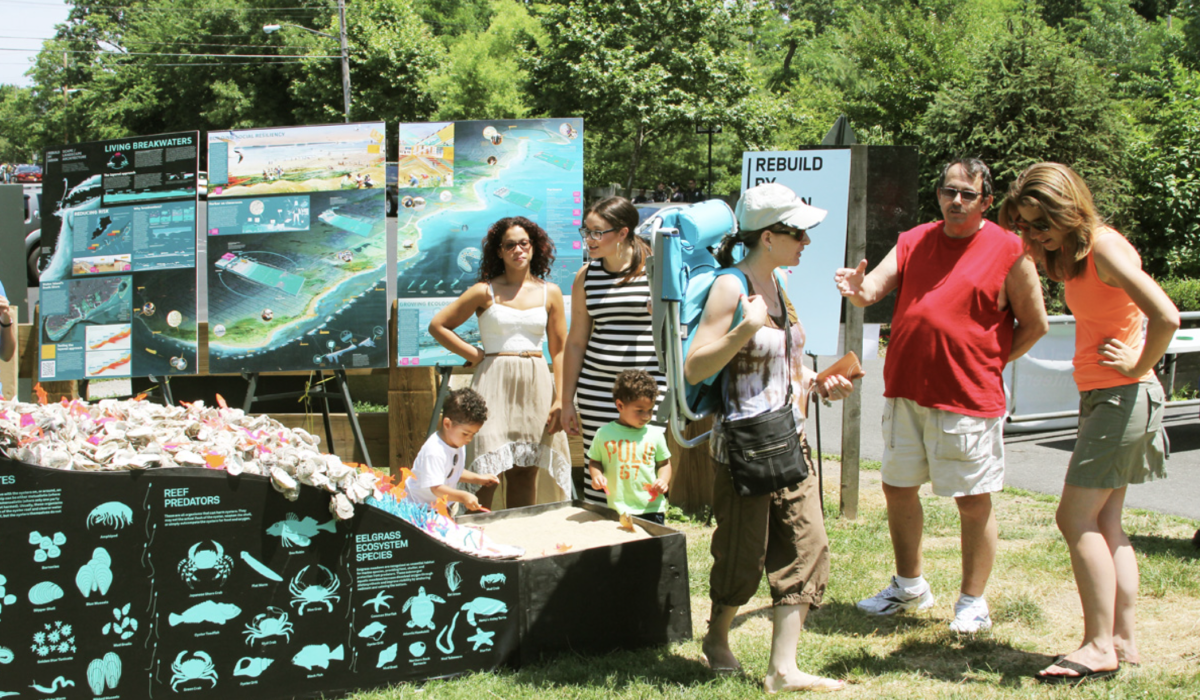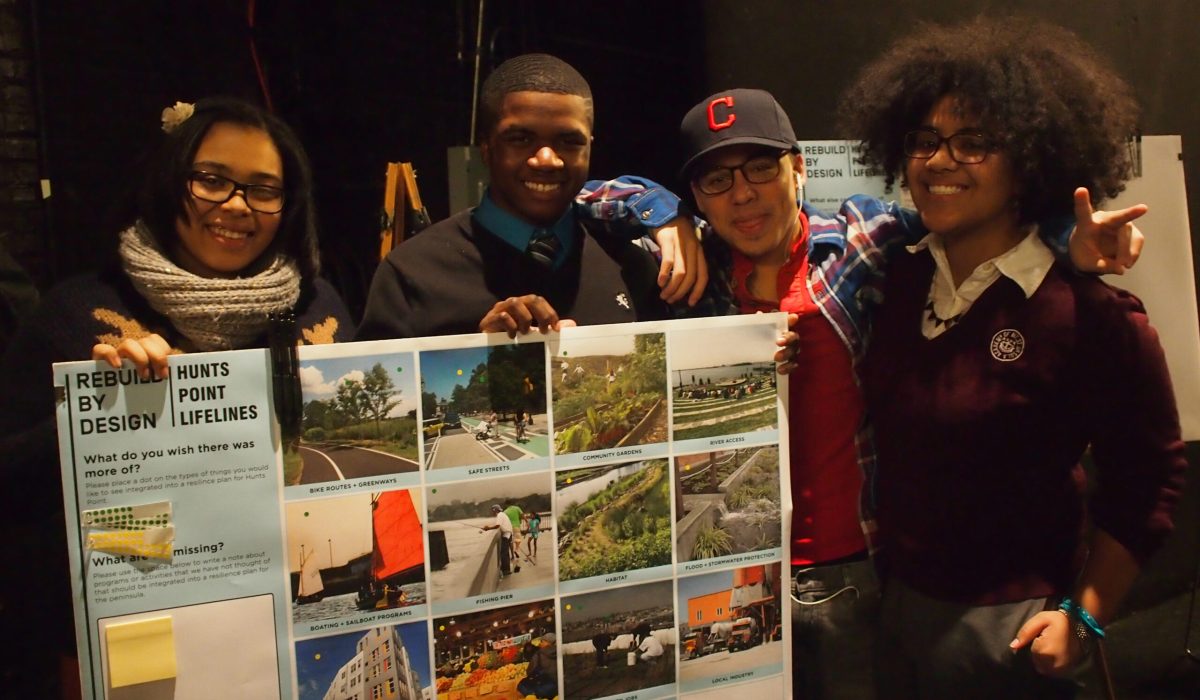OUR HOME: NEW YORK
Rebuild by Design was born out of Hurricane Sandy and is based in New York City. Much of our work is incubated at the city and state level, and then brought to communities around the world. Since New York is our hometown, we have done quite a bit of work incubating projects here that we take to new places. To learn about these projects, click below. To learn how we can do this work in your home town, send us an email at info@rebuildbydesign.org
Leading a collaborative process: To prepare New York City for increased heavy rain, Rebuild by Design, One Architecture & Urbanism, the Mayor’s Office of Climate & Environmental Justice, the NYC Mayor’s Office of Housing and Recovery Operations, and the NYC Department of Environmental Protection have launched the working groups for Rainproof NYC. Learn more>>
Leading a network: Rebuild by Design has co-founded the NYS Adaptation Practitioner’s Network, with Cornell’s Water Resources Institute and Syracuse University’s Environmental Finance Center to connect and build relationships among non-profit organizations advising local governments on climate adaptation. Learn more>>
Research and Policy: In 2019 Rebuild by Design put together the research, strategy and coalition to convince NYS to create a $4.2 Billion Environmental Bond Act, passed by voters in 2022. Projects funded through that effort are being implemented now. Learn more>>
Research and Policy: Rebuild by Design researched and analyzed the impacts of recent climate disasters across New York State at the county level, for the years 2011-2021. The data shows that every single county in New York has experienced a federal climate disaster between 2011-2021, with 16 having five or more disasters during that time. Learn more>>
Research and Policy: A collaboration with Milliman to study the areas across New York City that could be impacted by coastal flooding in 2050 to better understand the economic and demographic makeup of these communities. Learn more>>
HURRICANE SANDY DESIGN COMPETITION
Our Beginning: After Hurricane Sandy impacted 13 states, costing more than $65 billion in damages and economic loss, President Obama’s Hurricane Sandy Rebuilding Task Force launched an innovative design competition, Rebuild by Design, that coupled innovation and global expertise with community insight.
BUILDING REGIONAL EXPERTISE: RESPONDING TO USACE HATS
Designing a teach-in: Rebuild hosted a flood infrastructure teach-in to better understand the US Army Corps of Engineers’ proposed plan for flood protection in the New York and New Jersey Harbor and Tributaries. Learn more>>
Research and Policy: Partnering with communities in lowland and upland neighborhoods, helping to inform the creation of a successful migration program to determine how to help communities balance long-term challenges with the immediate concerns of their lives and livelihoods. Learn more>>
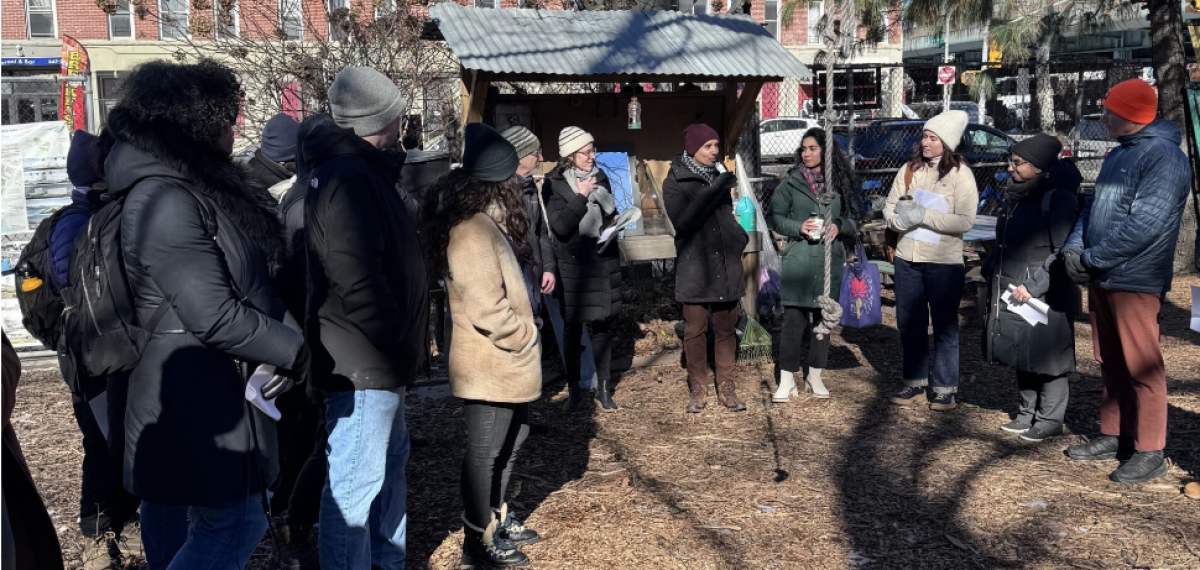
TECHNICAL ASSISTANCE: SOUTH BRONX UNITE
Technical Assistance: Rebuild is working with One Architecture and eDesign Dynamics to help South Bronx Unite apply for federal funding to support a community vision to reimagine the Harlem River waterfront into a place for recreation, workforce development, and climate resilience.
HURRICANE SANDY DESIGN COMPETITION PROJECTS
THE BIG U
Research and Policy: The BIG U proposal was developed to protect Lower Manhattan from floodwater, storms, and other impacts of a changing climate. The BIG U calls for a protective system around the low-lying topography of Manhattan beginning at West 57th Street, going down to The Battery, and then back up to East 42nd Street. Learn more>>
LIVING BREAKWATERS
Research and Policy: The Living Breakwaters competition concept was conceived to connect physical, social, and ecological resilience. The proposal envisions a “necklace” of offshore breakwaters that will reduce risk, revive ecologies, and connect residents and educators to Staten Island’s southeast shoreline. Learn more>>
HUNTS POINT LIFELINES
Research and Policy: The Hunts Point Lifelines proposal outlined four “Lifelines” that demonstrate a working waterfront that could be replicated in maritime industrial areas across the region. Learn more>>
